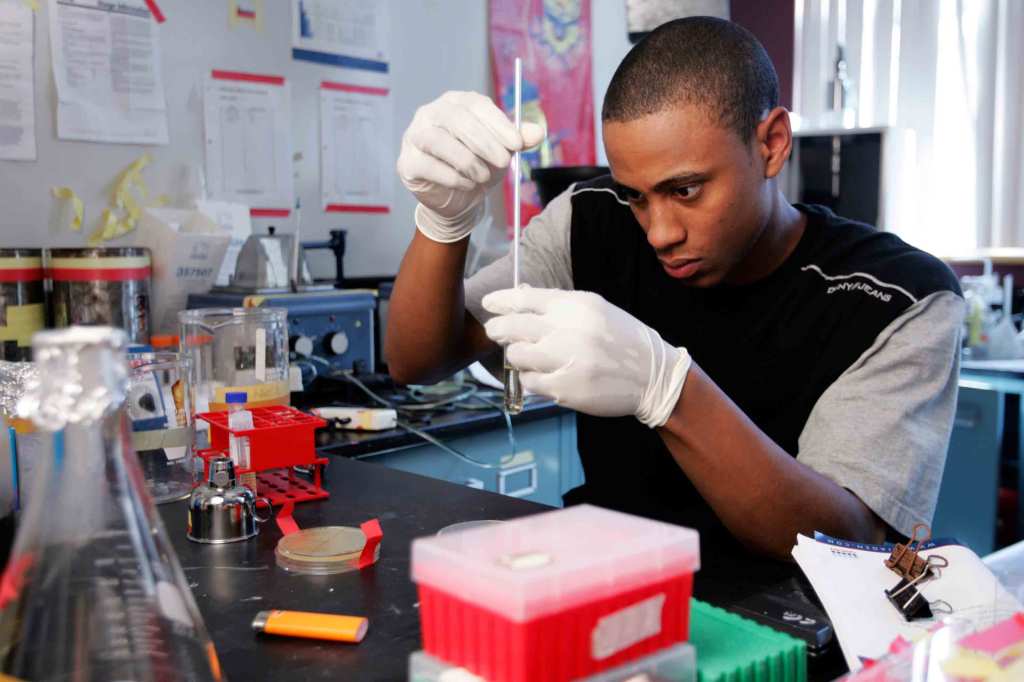 Najlah Feanny & Corbis
Najlah Feanny & CorbisA few days ago, President Obama announced a major improvement to the federal student aid application process, making it easier for millions of students to tap into needed Pell Grants and other college aid beginning next fall. Currently, students can’t apply for aid until weeks or months after college applications are typically due, let alone find out what aid they’re eligible for. That means many students, especially those from low-income backgrounds, lose out on opportunities for aid and, as a result, either drop out or take on debilitating debt.
Now that will change: Next year, all students will be able to file the Free Application for Federal Student Aid—the FAFSA—starting in October, before college application deadlines. Also, most students and parents will be able to electronically transfer their own IRS data right into the FAFSA, a much simpler process that more than four million aid applicants couldn’t use last year because their tax data wasn’t available at the time they were applying. The result: earlier, easier access to available aid for the students who need it most. As President Obama summed up in his announcement, “You won’t have to wait for your W-2s to arrive before you get started, so you can get a jump on the college application process. You’ll know sooner how much aid you qualify for [and] you’ll have more time to evaluate your options.”
The new process will make it easier for students to apply not only for federal aid, but also for other grants and scholarships. Most types of aid require a FAFSA, and many state and college grant programs have deadlines early in the calendar year or operate on a first-come, first-served basis. This puts students with the least experience and support at an even greater disadvantage in the current aid process.
Using what’s sometimes called “prior-prior year” data fixes a broken timeline that hurts low-income students the most. While need-based federal Pell Grants are helping more than 8 million students pay for college, about 2 million more Pell-eligible college students never filed a FAFSA. In addition, as noted by the White House, “an unknown number failed to enroll in college because they did not know that aid is available.” These millions of low-income students are missing out on Pell Grants—worth up to $5,775 in the coming school year—as well as other grants and scholarships that could help them enroll and succeed in college. Grants limit the need to borrow, and research shows that the more grant aid low-income students receive, the more likely they are to go to college and stay in school. Also, without a FAFSA students can’t get federal student loans, which are far safer than private loans, if they do need to borrow.
While the Obama administration’s action is a major win, its announcement is just the first step. What comes next? Some colleges, both large and small, have already announced that they’ll adjust their calendars to better align with the new one for the FAFSA, and while many more are expected to follow, the administration and advocates will need to keep the pressure on schools, states, and private scholarship providers to make the most of this change. Students and families need to know they can apply for aid earlier and more easily, requiring outreach on multiple fronts. Meanwhile, the debate about cutting the number of questions on the FAFSA continues in Congress and opinion columns. This is an important way to further simplify the application, but going too far could end up complicating the process for students if states and colleges add new forms to capture what they used to get from the federal form.
The new application timeline will make it easier for millions of low-income students to access available grants and, when necessary, the safest type of loans. Yet even after accounting for grants, low-income families are generally required to put a much larger share of their household income towards college costs than middle- and high-income families.
That’s why improving the aid application process is just one part of the foundation’s larger strategy—a collaboration among program officers in Educational Opportunity and Scholarship, Economic Fairness, and Democratic and Accountable Government—to support grantees committed to helping more low-income students go to college debt-free and narrowing our nation’s shameful income gaps in higher education. Low-income students are the least likely to go to college, the least likely to graduate, and the most likely to have loans. Nearly all low-income students who complete a four-year degree have debt, and on average they owe nearly $5,000 more than their better-off peers. Despite recent increases, the maximum Pell Grant covers less than a third of the average cost of attending a four-year public college, the smallest share in more than 40 years. Low-income students need easier access to available aid, but they also need adequate aid and more affordable, high-quality college options that together can reduce or eliminate their need to borrow.
So let’s celebrate the FAFSA decision today. Tomorrow, the hard work continues.
